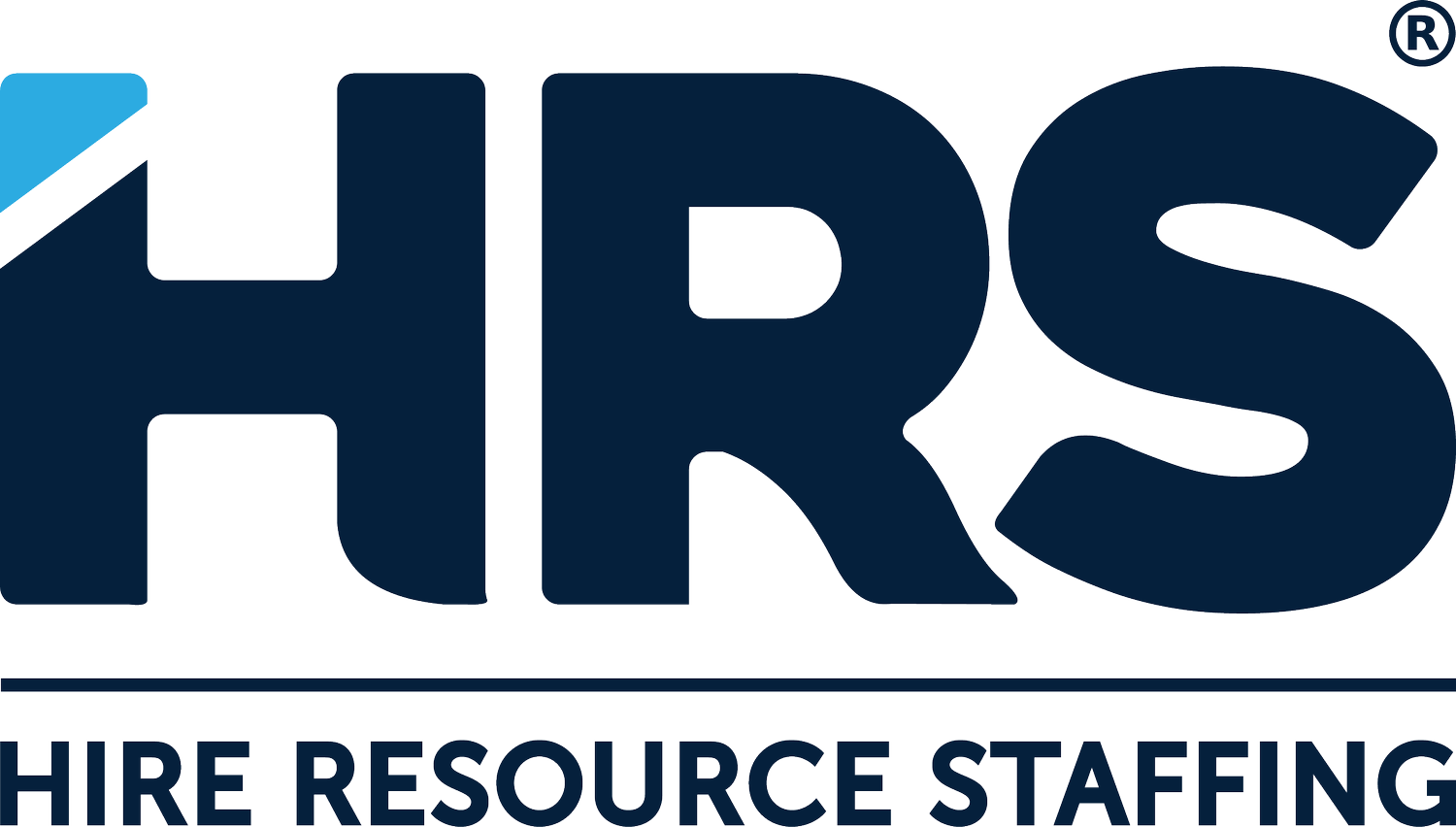Don’t Sleep on Skilled Trades: The High Demand Jobs Everyone Overlooks
What If the “Backup Plan” Was Actually the Smart Plan?
For years, high school grads have been pushed toward four-year degrees told that college is the only path to a good life. Meanwhile, entire industries have been quietly running out of workers.
We’re talking welders, electricians, machinists, diesel techs, CNC operators, logistics supervisors. These jobs aren’t going away and they pay really well.
Here’s What Nobody Tells You:
Skilled trades are aging out fast. The average tradesperson in the U.S. is around 50. Retirement is creating a huge talent gap.
There’s a demand-supply mismatch. Employers need talent yesterday but the pipeline isn’t there.
Training is faster, cheaper, and more direct. Many trades can be learned in under two years often with zero college debt.
What These Jobs Offer (That College Doesn’t Always Guarantee)
Competitive pay: Many skilled trades start at $50K–$70K, and top earners can hit six figures with time and certifications.
Job security: Try outsourcing plumbing or HVAC repair to another country. You can’t. These jobs stay local.
Hands-on satisfaction: A lot of trades offer what office jobs don’t, a direct connection to results. You build, fix, move, make. You see it. You feel it.
It's Not Just “Blue Collar” Anymore
Forget the outdated image of trades being all grease and grit. Modern manufacturing, logistics, and construction are high-tech, high-skill, and constantly evolving. Think robotics, 3D printing, CAD, AI-assisted machinery.
So Why Are These Jobs Still Overlooked?
Because they don’t always come with a fancy title or an Instagrammable desk. But don’t confuse low profile with low value.
Skilled trades aren’t Plan B. For a lot of people, they’re Plan A, and it’s working.
If we’re serious about fixing labor shortages, rebuilding infrastructure, and creating real opportunity, it’s time to stop sleeping on the jobs that actually keep the world running.
References:
U.S. Bureau of Labor Statistics (2024). Occupational Outlook Handbook
National Association of Manufacturers (2023). Workforce & Talent Report
Georgetown University CEW (2022). The Overlooked Value of Career and Technical Education
